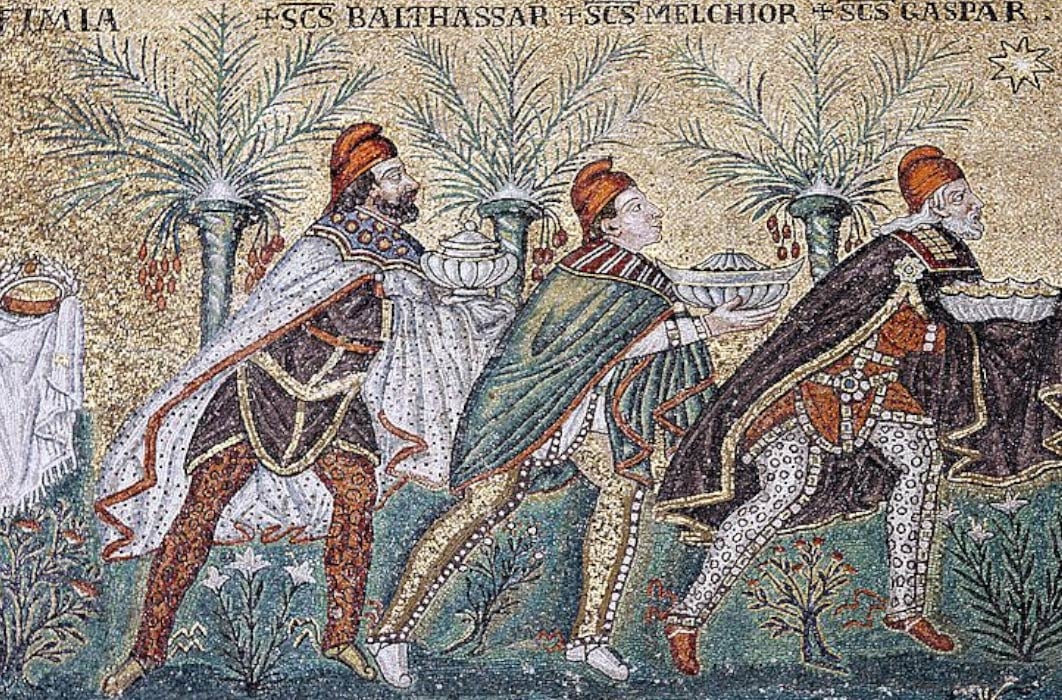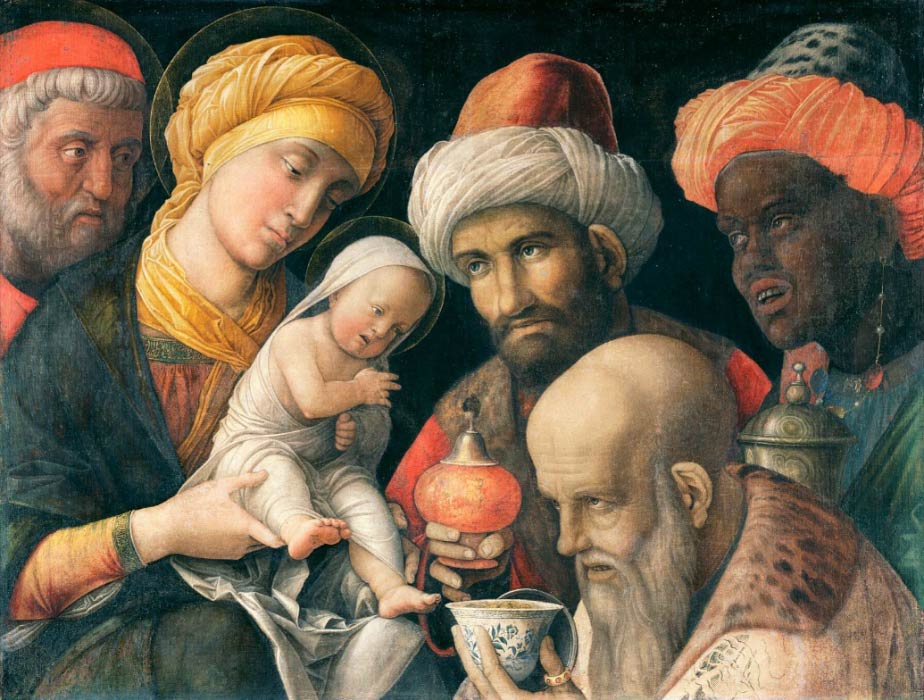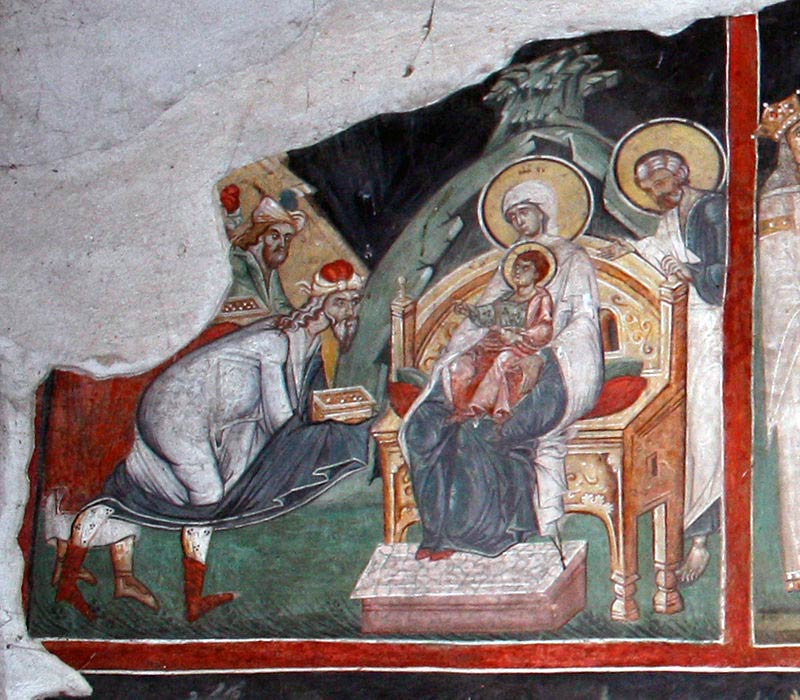
The Star Of Bethlehem Leading the Magi To The Cave Of Treasures
According to the Gospel of Matthew, Jesus was born in Bethlehem of Judea at the time of King Herod and some Magi from the East arrived in Jerusalem to inquire where the new-born King of the Jews was to be found. They had seen his star and had come to worship him. Upon hearing those words, King Herod and all Jerusalem with him were disturbed. The king consulted the high priests and the scribes and he was informed that the place where the Messiah would be born, as was written by the prophet (Micah; 5: 1), was Bethlehem of Judea.

Coin of King Herod the Great 38-4 BC (CCO)
Herod secretly summoned the Magi, questioned them about the time of the star's appearance and sent them to Bethlehem, urging them to inform him where the baby was, so that he too could follow to worship him. The Magi left and the star preceded them, until it stopped over the place where the baby was, whom they saw with his mother Mary. They bowed down, worshiped him, opened their caskets and offered him their gifts: gold, incense and myrrh. The Gospel story concludes by specifying that after being warned in a dream not to return to Herod, they returned to their country by taking another route. In this short narration, no reference is made to either the year of Jesus' birth, nor to the identity of the Magi, and no detail is provided that allows anyone to know what the star consisted of.

Adoration of the Magi by Andrea Mantegna (1495 ) Getty Centre (Public Domain)
From the text it is clear that those mysterious travelers who came from the East (in the Greek text: apò anatolòn) were wise men and of high rank, and that they were is confirmed by the name with which they are designated: Magi. This name reminds one of the priests and dream interpreters who made up one of the tribes of the ancient Iranian population of the Medes, to which Herodotus (fifth century BC) refers in his Histories.
The Apocryphal Gospels
A source of information on the Magi and the star that would guide them on their journey, are some texts included among the Apocryphal Gospels. In a Christian environment the adjective ‘apocryphal’ was initially used to define Gnostic texts written in a hermetic language. The Church Fathers attributed the meaning of ‘not authentic’ to this term and this was extended to all texts suspected of heresy or those not conforming to the officially recognized doctrinal norm. Moreover, Christian figurative art, hagiography and the genre of Medieval novels have largely drawn on these texts. It is interesting to note that the tradition according to which Jesus was born in a cave was already attested in the East towards the middle of the second century, while in the West the cave appears only after the fourth century, precisely due to the influence of the Apocryphal Gospels.
The Proto-Gospel of James (dated around the middle of the second century) highlights the star, which is described to Herod by the Magi as a very large star, “which shone among these other stars and obscured them, so that the stars were not seen, and for this reason we understood that a king was born for Israel and we came to worship him”.





